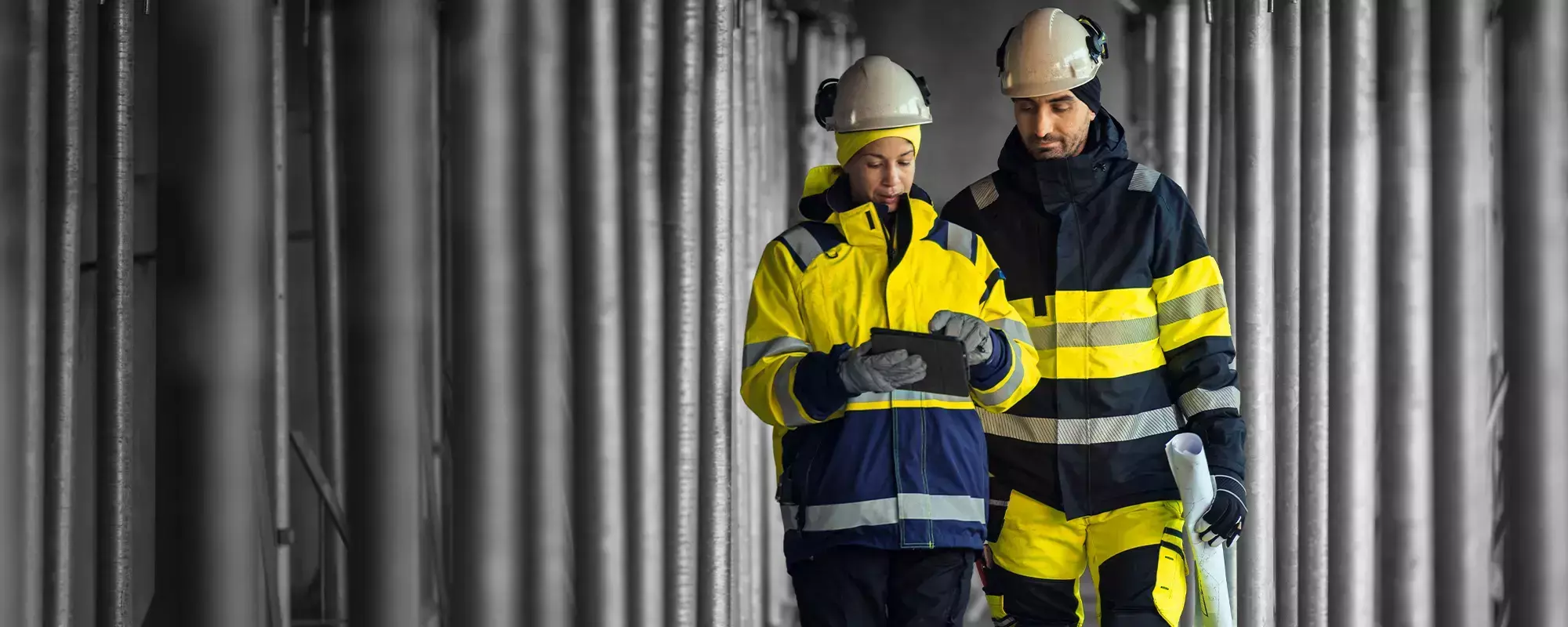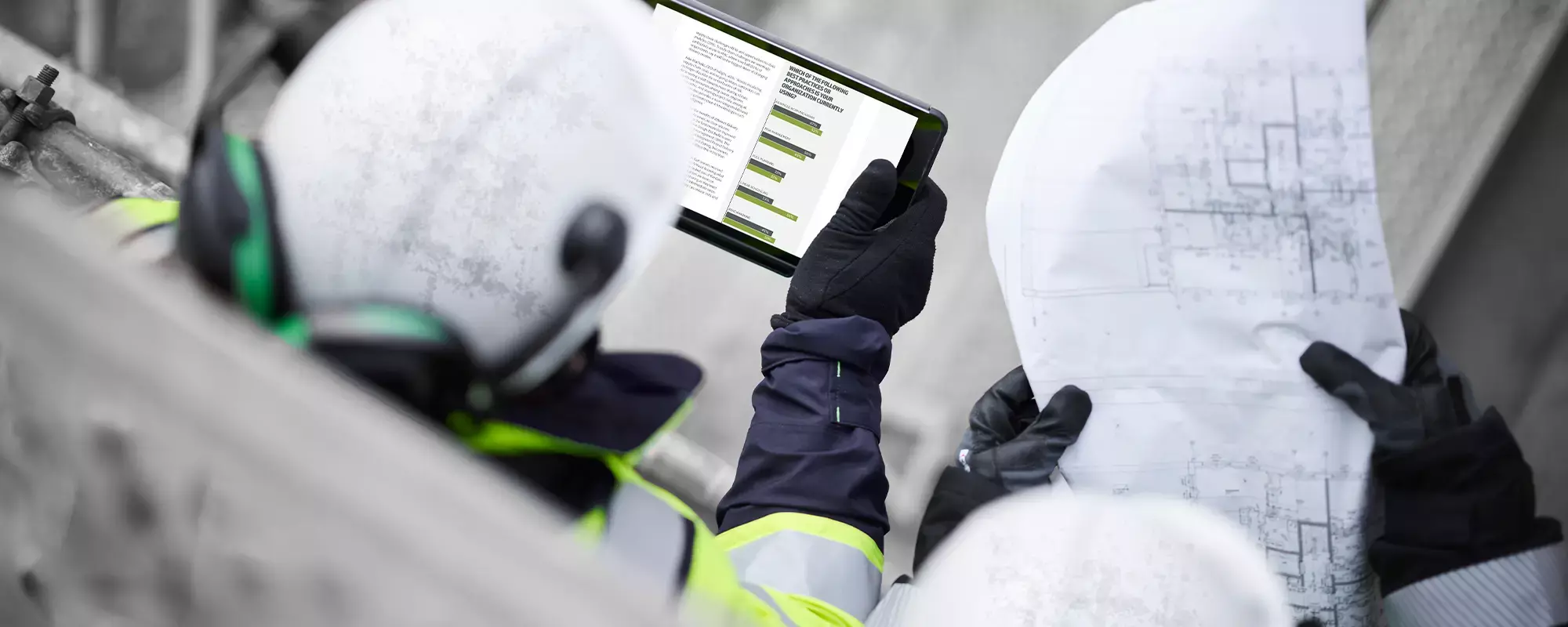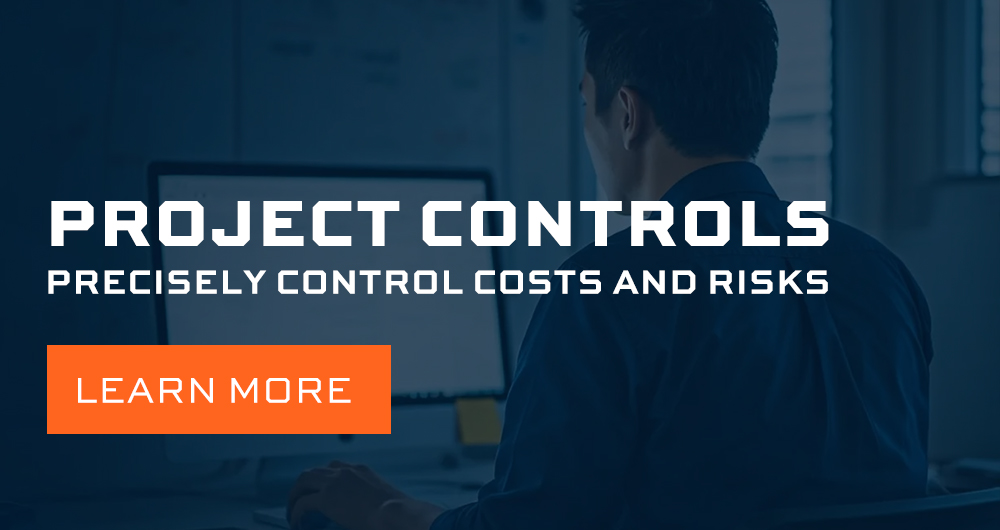The effects of worldwide supply chain challenges on the construction industry have intensified since early 2020. Widely compared to playing whack-a-mole, the analogy would be amusing were it not so accurate a description.
There’s been the pandemic that halted production in many areas as COVID-19 temporarily shut down manufacturing facilities. Subsequently, there were shortages of materials stateside, from wood to steel, that forced construction companies to scramble at different points.
This perfect storm of supply-and-demand circumstances has had a direct effect on the prices of materials and their shipment, and therefore on the cost of doing business. The threat to profit margins, already paper-thin, has grown more pronounced.
Given this instability, how can you best manage material resources in order to protect your profit margin? Two intelligence-based processes in particular can help you take a more preventive approach to profit loss involving materials: advanced work packaging (AWP) and building information modeling (BIM).
AWP offers a leaner, more focused way to organize work
AWP is a highly effective approach to project planning that not only increases productivity but keeps costs and delays in check. As an early-stage process, design and material options are explored and hammered out via consensus of construction, engineering and procurement. The result is incremental, construction-driven installation work packages (IWPs) based on real-world needs of what it actually takes to build a structural unit.
One of the key deliverables is a more cost-controlled inventory order list. The benefit of this is two-fold. One, there is less likelihood of overordering materials that may be in limited supply, and therefore less wasted expense. And two, there is reduced risk of underordering materials that not only could be higher-priced when it comes time to order to make up for the shortfall but could incur possible expedited delivery fees.
The smaller work packaging structure seeks to ensure availability of materials — as well as tools, equipment and digital job task details — when and where they’re needed, eliminating the common constraint of not having enough of those resources. The effects on cost that would normally ding the profit margin are discernable: fewer change orders that can lead to rework requiring extra materials and labor costs and bypassing the expense of paying site crews for downtime as they wait for resources to arrive.
Your past project performance metrics can play a helpful role in the AWP process. Start by analyzing how cost performance index (CPI) reacted throughout similar builds. What unusual risks or constraints surfaced? What was their cost impact? And how did they affect your profit margin? This analysis will give you an idea of how to remove the factors that can hinder cost performance when creating IWPs.
BIM delivers accuracy and cost scenario exploration
Like AWP, BIM delivers an extremely precise inventory list, though from a different approach based on the takeoff. This 3D modeling process links relevant data — quantities, manufacturer details, cost, etc. — to every element in the model, down to the smallest screw. This data is used for the takeoff, which feeds directly into the creation of that inventory list. Its accuracy means there’s far less chance of miscalculation resulting in paying for an unnecessary surplus of materials (and storage) that in itself can dip into the bottom line, and fewer ordering mistakes of incorrect materials.
BIM’s value in helping preserve the profit margin goes beyond exacting supply lists. Its precision modeling capability acts like a risk-management tool, cutting down on design errors that inevitably lead to alterations and fixes down the road, and all the extra materials and labor expenses that commonly entails. During the design stage, the BIM model becomes a digital playground, allowing you to experiment with alternative materials to determine the impact of each option on the budget. This affords you the opportunity to make a data-driven selection of the ones that are more cost effective — in terms of investing in those materials, their maintenance and repair records, and their durability — without compromising the integrity of the structure.
There’s another way this 3D modeling process helps you stay profitable: prefabrication. BIM is often used to design precise, prefabricated systems and components. It’s a more efficient approach that saves on excess material expenses and the associated labor costs for doing on-site construction of those systems from scratch.
AWP and BIM Deliver Reduced Construction Costs
Separately or in tandem, AWP and BIM introduce more control over how costs impact your projects and ultimately your profit margin, right from the beginning. With InEight work package-based project planning and virtual modeling, you’ll gain a more solid foundation for sound decision making and cost control for your capital projects. When you’re ready to explore these options, request a demo and we’ll show you how they can work for you and your bottom line.




